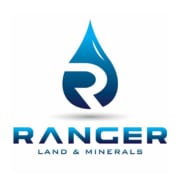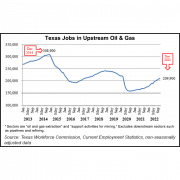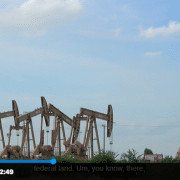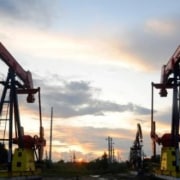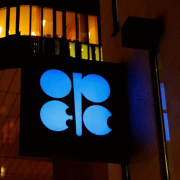Visiongain has published a new report entitled Offshore Oil & Gas Decommissioning 2023-2033. It includes profiles of Offshore Oil & Gas Decommissioning and Forecasts Market Segment by Removal Type, (Leave in Place, Partial Removal, Toppled in Place, Complete Removal) Market Segment by Techniques, (Well Plugging and Abandonment, Pipeline Decommissioning, Platform Decommissioning, Umbilical Decommissioning, Subsea Structure Decommissioning) Market Segment by Technology, (Jackside & Topside Removal, Well Intervention Vessels and Systems, Cutting and Severing, Heavy Lift Technologies) Market Segment by Services, (Project management & Compliance, Mobilization & Demobilization of Derrick Barges, Materials Disposal, Site Clearance, Conductor & Power Cable Removal) Market Segment by Structure, (Fixed Platforms, Compliant Towers (CT), Caissons, Mobile Offshore Production Units (MOPU), Well Protectors (WP), Subsea Templates (SSTMP)) plus COVID-19 Impact Analysis and Recovery Pattern Analysis (“V”-shaped, “W”-shaped, “U”-shaped, “L”-shaped), Profiles of Leading Companies, Region and Country.
The global offshore oil & gas decommissioning market was valued at US$10,275 million in 2022 and is projected to grow at a CAGR of 6.5% during the forecast period 2023-2033.
Environmental Best Practises in Decommissioning
Any structure submerged in seawater is under the ownership of marine biota. An ecological succession then occurs, often leading to complex three-dimensional and heterogeneous habitats with significant biodiversity and function. It includes man-made structures (MMS) placed in a marine environment. In the North Sea, the requirement to decommission existing MMS (OSPAR Commission Decision 98/3) raises interesting questions about the ecological status of MMS. While technological advances have improved the planning and implementation of decommissioning, there are still over 1 350 mature offshore installations in the OSPAR maritime area. Despite this, there appears to be little concern about MMS’s impact on the environment.
Click here to read the full article
Source: yahoo!finance
If you have further questions about the topic, feel free to contact us here.

